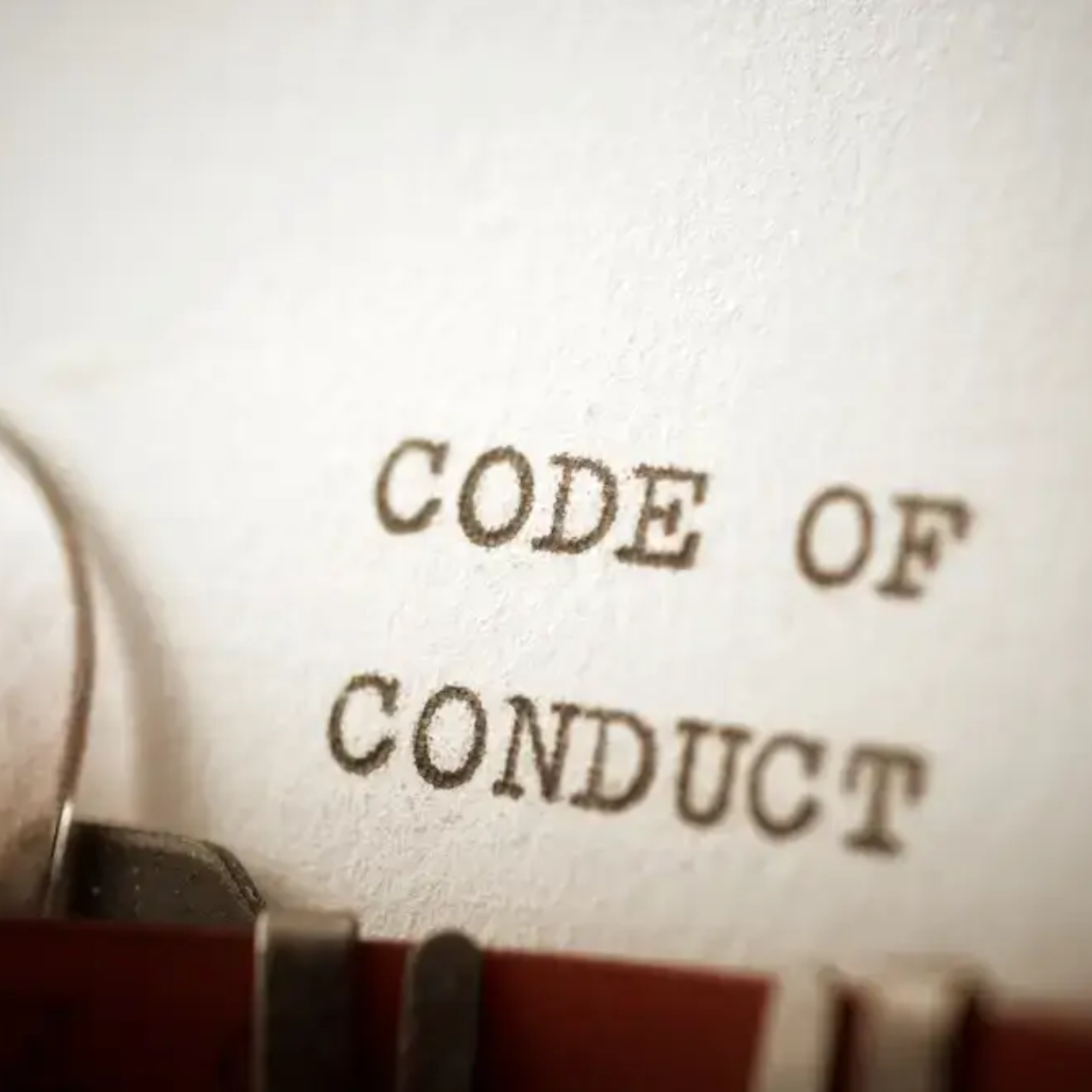Rigging is one of the most critical tasks in crane operations. Whether lifting steel beams, heavy machinery, or construction materials, every move must be carefully planned and clearly communicated. Crane operators rely on ground crews for safe rigging and clear signals. If the team below isn’t focused or trained well, accidents can happen, sometimes with deadly consequences.
This guide explains what crane operators should expect from ground crews during rigging work. It covers load preparation, communication, teamwork, and shared responsibilities that keep everyone safe.
Clear Communication Is Non-Negotiable
Good crane operation starts with strong communication. Ground crews must use standard hand signals or radios when directing lifts. Confusion or guessing can put lives at risk.
Operators should expect:
- A designated signal person who knows standard hand signals.
- Communication tools like two-way radios when visibility is blocked.
- Crews that speak clearly, avoid shouting, and never give mixed messages.
Before lifting begins, everyone should confirm which signals are in use. The signal person must be in full view of the operator or in constant contact by radio. Only one person should give commands to avoid chaos.
Load Must Be Properly Rigged
The load’s safety depends heavily on how it’s rigged. Ropes, chains, slings, and shackles must be rated for the weight and checked for damage.
Operators should expect ground crews to:
- Inspect slings and hardware before each lift.
- Use proper rigging techniques, such as choker hitches, basket hitches, or vertical lifts, based on the load.
- Avoid shock loading (sudden jerks) which can damage equipment.
- Use tag lines to control swinging loads when needed.
The load should be balanced, with the center of gravity directly below the hook. An uneven lift can cause tipping, swinging, or equipment failure.
Know the Load Weight Before Lifting
Ground crews must know how heavy the load is before attaching it to the crane. Guessing is dangerous and often leads to overloading.
Operators should expect:
- A clear statement of the load weight.
- Written calculations or lifting plans when handling non-standard or oversized loads.
- Confirmation that the crane has enough capacity for the load and the radius.
Never begin a lift unless the weight is known and the equipment is rated to handle it.
Area Around the Load Must Be Clear
Lifting a load over people or obstacles is a major safety hazard. Ground crews must set up barricades and keep the work zone free of foot traffic.
Crane operators should expect:
- Barricades or tape to mark off the lifting area.
- No one standing under or near a suspended load.
- Spotters watching for vehicles or people entering the danger zone.
Operators have the right to stop a lift if the area isn’t clear or something doesn’t feel right.
Ground Must Be Stable and Ready
Crane movement is affected by the surface it’s operating on. Soft, uneven, or sloped ground increases the risk of tipping.
Operators should expect:
- Ground crews to check for stable, level surfaces.
- Blocking, cribbing, or mats used if needed for load distribution.
- Avoidance of underground hazards like manholes or utility lines.
The crew should never ask the operator to move over unsafe ground. It’s always better to delay the job than risk collapse.
Lifting Plan Should Be Discussed
Every lift, especially complex or critical ones, should follow a lifting plan. This includes the route, crane movements, communication methods, and emergency steps.
Operators should expect:
- A pre-lift meeting to go over the plan.
- Input on the crane’s capabilities and limitations.
- Everyone understanding their role during the lift.
If weather conditions, obstacles, or crowding change the lift, the team should pause and update the plan.
Crews Should Wear Proper PPE
Personal protective equipment (PPE) is basic but essential. Ground crew members must wear it every time.
Operators should expect:
- Hard hats, high-visibility vests, gloves, and steel-toe boots.
- Eye protection when working near sparks or dust.
- Hearing protection in high-noise areas.
Seeing someone without the right PPE is a red flag and should be reported or addressed immediately.
Rigging Gear Should Be Stored and Labeled Properly
Good ground crews treat rigging tools with care. Damaged or poorly stored gear can fail under load.
Operators should expect:
- Gear to be stored in dry, clean areas when not in use.
- Color-coded or labeled slings for easy identification.
- Damaged gear to be removed from service and tagged.
Routine maintenance and proper storage help crews avoid guesswork and reduce risk.
Emergency Procedures Should Be Known
Accidents can still happen, even with good planning. That’s why every ground crew should be trained in emergency procedures.
Operators should expect:
- A crew that knows how to call for help quickly.
- First-aid kits and fire extinguishers nearby.
- Quick access to cutting tools in case a sling or harness needs to be freed fast.
When seconds matter, hesitation or confusion can make things worse.
Respect and Teamwork Keep Everyone Safe
Crane operators and rigging crews must work together as a team. Mutual respect is key, both sides depend on each other for a safe lift.
Operators should expect:
- Open communication when something doesn’t look or feel right.
- Crews that are focused, not distracted or rushing.
- A shared commitment to pausing or stopping a lift if there’s any doubt.
If something looks unsafe, the lift should not continue. No job is worth risking a life.
Conclusion
Rigging safety is a team effort. Crane operators play a big role, but they can’t do it alone. Ground crews must be well-trained, alert, and committed to following safe practices. From clear communication and load prep to PPE and emergency planning, every detail counts.
By expecting high standards from ground crews, and being ready to speak up when something’s wrong, crane operators help create a worksite where everyone can go home safe.
If you’re a crane operator, know your rights, trust your training, and always demand a safe lift.





